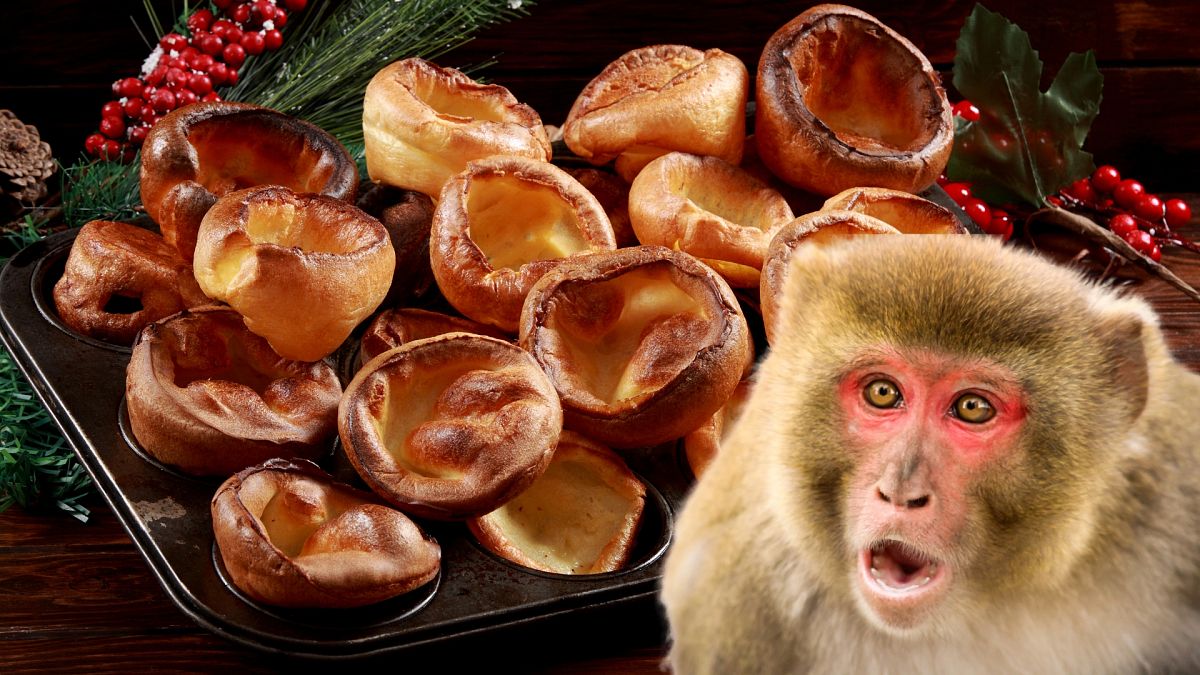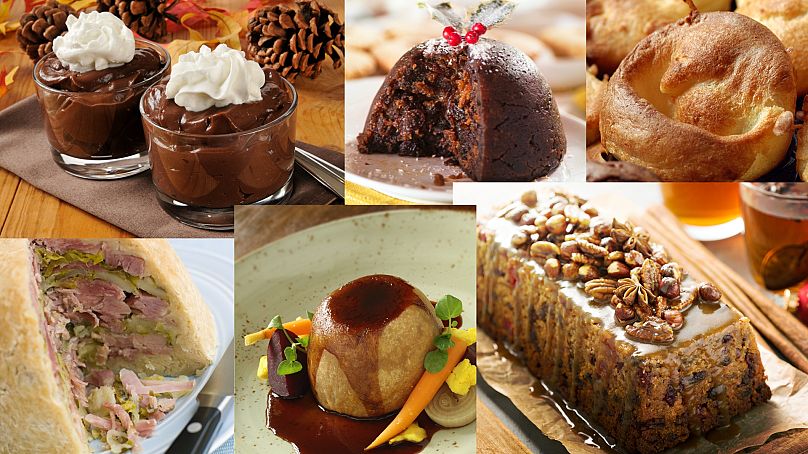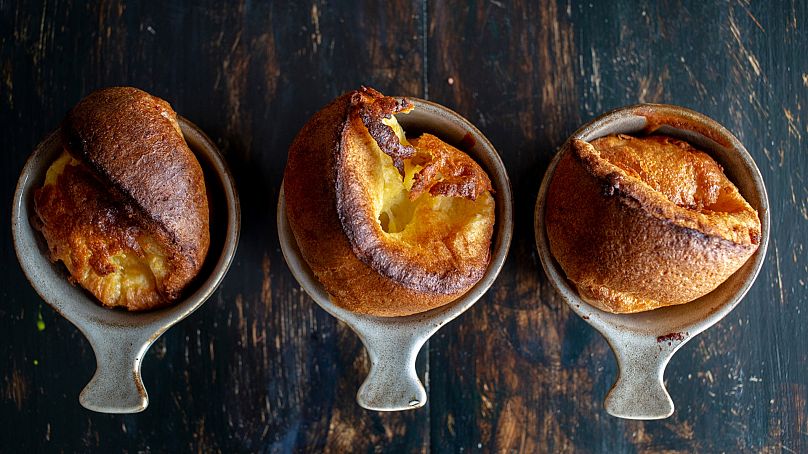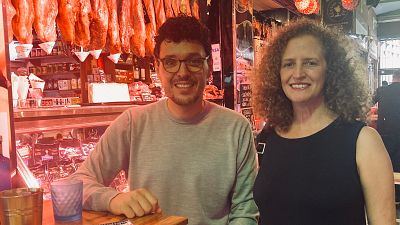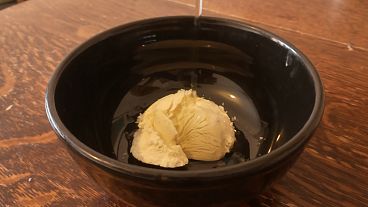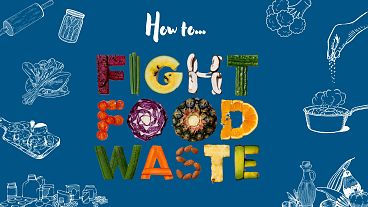It took a search party, drones and a host of helpful neighbours to catch an escaped monkey in the Scottish Highlands. But the real hero was Yorkshire Pudding.
For five days and four nights, Honshu the Japanese macaque whipped up a global media frenzy after escaping from a wildlife park in the Scottish Highlands.
Search efforts turned into a wild goose chase, with Honshu foiling plans to catch him at every turn.
A hotline was set up for local residents to report sightings of the snow monkey. The high-tech thermal search drone that was sent to find him hiding in dense foliage was rendered useless by lashing winds. The public took to calling Honshu “Kingussie Kong,” enthralled by the his bid for freedom.
But every hero has a weakness, and in the end Honshu’s undoing came in the form of a Yorkshire Pudding.
The seven-year-old monkey was finally caught on Thursday after being tempted by a Yorkshire Pudding left in the birdfeeder of a local resident’s garden.
The Wildlife Centre said on X that: “After a call to our hotline just after 10am our keepers and drone team made their way to a member of the public’s garden where the monkey was eating from a birdfeeder and successfully used a tranquiliser dart to catch him.”
Now that the adventures of Kingussie Kong have come to an end (we’re still waiting for the sequel to be announced), it’s time to answer the question on every non-British person’s mind: What exactly is a Yorkshire Pudding? And why would a monkey risk life, liberty and the pursuit of happiness for it?
Pudding, a catch-all term in British cooking
The first thing to know about pudding is that British people use this word more liberally than almost any other English-speakers on the planet.
It’s a term of endearment, a synonym for any kind of “dessert,” it can refer to a variety of meat-based dishes and can be both savoury and sweet. This peculiarity of British English has historically confused people across Europe and North America, where pudding generally only refers to a custard-like dessert.
But a Yorkshire pudding has very specific characteristics – and British people will not hesitate to correct you on this if you get it wrong.
First off, it’s a batter pudding, which means you start by whipping up a simple batter with milk, eggs, flour and salt. That batter is then poured into an oven pan that’s been greased with drippings from a roast (traditionally mutton, now mostly beef) and thrown into the oven where it fills with air and rises – a lot like a French soufflé or a North American popover.
There’s some controversy surrounding whether Yorkshire Pudding is actually from the Yorkshire region of northern England.
The prefix was first used in a 1747 publication in “The Art of Cookery Made Plain and Simple” by Hannah Glasse – she described the defining feature of a “Yorkshire” pudding as how much lighter and crispier it was compared to other regional puddings.
Today, the term “Yorkshire Pudding” is used pretty universally across the UK to refer to the fluffy pastry – you can even buy them in shops if you don’t want to make them at home.
How to make and eat Yorkshire Pudding
Back in the day when meat was routinely roasted on a spit, Yorkshire Pudding was cooked underneath it, so it could collect all the drippings in real time. This was also referred to as “Dripping Pudding”.
Traditionally, Yorkshire Pudding was served as an appetiser at the start of the meal, covered in a rich gravy. It was a cheap way to fill up dinner guests when meat was scarce and expensive.
Today, it can either be served before or during the meal, as a side dish. But you know what? It’s 2024 – you can eat these babies whenever, wherever. Some people say they’re most delicious eaten on their own straight out of the oven.
Has this history lesson made you curious to try one for yourself? The beauty of a Yorkshire Pudding is in its simplicity – both in terms of ingredients and cooking techniques.
Below, you’ll find a recipe that’s been adapted from the late Hetty Pullman, who shared minimalist instructions on how to make her ideal Yorkshire Pudding back in 2007 at age 97.
Yorkshire Pudding
Ingredients:
2 tablespoons plain flour
1 pinch of salt
1 egg
Milk (eyeball it)
Cold water
Beef drippings or vegetable oil
Directions:
1. Pre-heat the oven to 230C/450F
2. Whisk together flour, salt, egg and add milk until you have a smooth consistency that resembles “thick cream”. Let it rest while the oven heats up.
3. When the oven is hot, add beef drippings or vegetable oil to the bottom of an oven-safe pan or muffin tin (“not a right lot” according to Grandma Hetty) to cover the surface of the pan. Then put the tin in the oven for about 10 minutes until the fat is smoking.
4. If the batter has thickened, you can add a few spoonfuls of cold water to thin it out. Then quickly add the batter to the pan and return to the oven. Bake until the Yorkshire Pudding has quadrupled in volume and is deep brown all over.
5. Serve and eat while warm!
Bon appétit.
